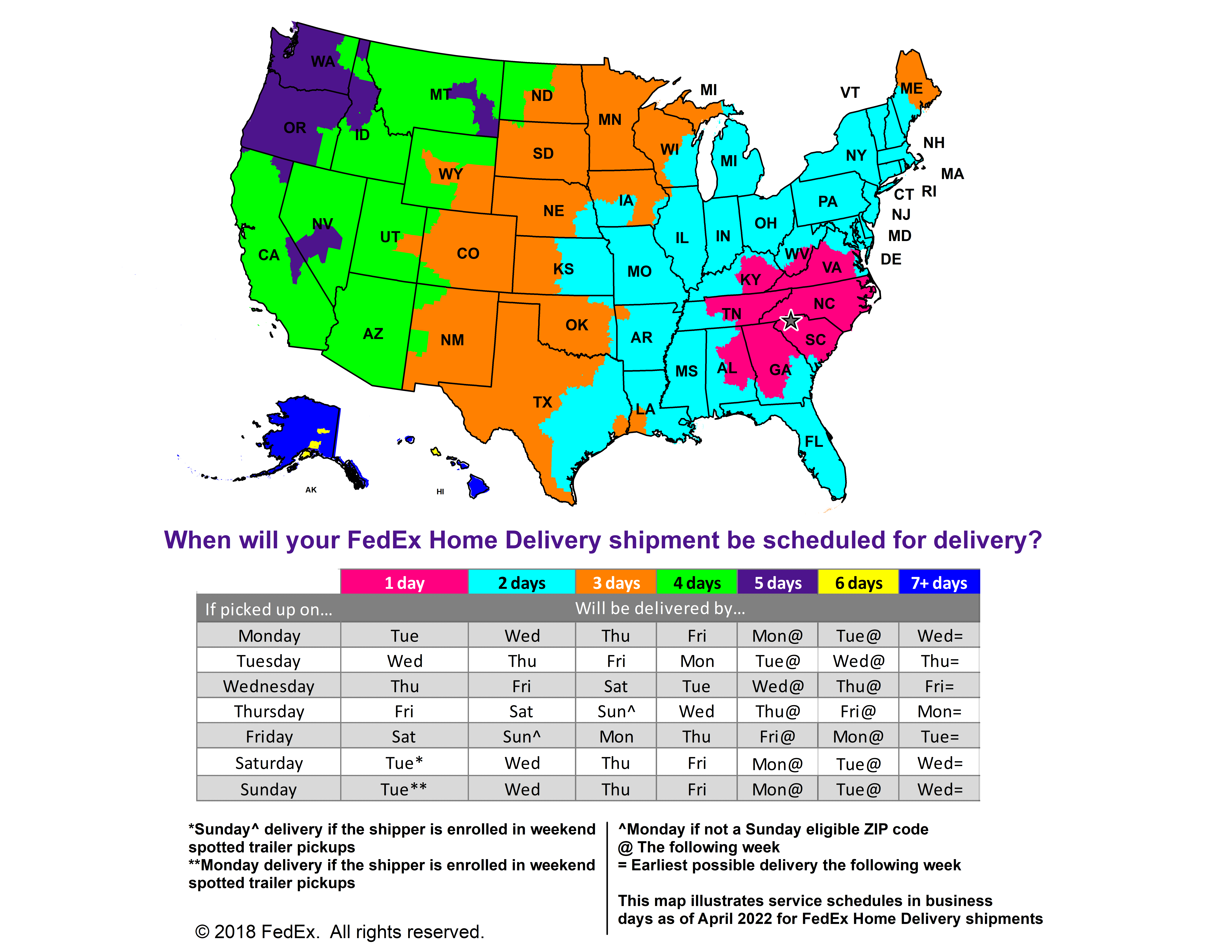Why You Should Use Non-toxic Wood Stain
Wood stain can take a drab piece of wood and give it depth, enhanced grain appearance, tone and color – and it's a method that's been used by woodworkers for hundreds of years. Originally, wood stain was made from rather simple things – like letting a rusty nail soak in vinegar to make a brown stain. These days, the ingredient lists are more complicated and often include toxic chemicals that pose risks to your health. And that's exactly why you should use non-toxic* wood stain. Here's what you need to know:
Wood stains are composed of three main components: dye or pigment, solvents, and binders. Dyes penetrate the wood while pigments, like those in paints, sit on top of the wood. Solvents keep the colorants and binder in liquid form and once they are applied, the solvents evaporate. The binder holds the colorant in place.
The Green Home Guide outlines the environmental and health risks associated the chemicals conventional wood stains contain:
Environmental impacts of stain manufacturing and use vary. Petroleum-derived solvents are particularly damaging: extraction and shipping of petroleum, followed by its processing and manufacturing into solvents and chemicals, requires large amounts of energy. Acrylic and urethane stains contain the highest amounts of petroleum-derived solvents, followed by natural oil stains and then water-based stains, which contain the least.
As a stain dries and its solvents evaporate, it releases volatile organic compounds (VOCs), which contribute to air pollution and can cause health problems. When considering the VOC content of any product, keep in mind that regulatory standards for VOC content are intended to reduce emissions of VOCs that cause smog, not to improve indoor air quality. The U.S. Environmental Protection Agency (EPA) has found that indoor concentrations of VOCs are regularly up to ten times as high as outdoor concentrations, and as much as a thousand times as high when you are applying stains.
Beyond VOCs, many stains are made with toxic substances that come from nonrenewable resources or are energy-intensive or polluting to produce, so even low-VOC stains can have an impact on the environment. For example, water-based stains may use toxic glycol ether as a solvent, and any stain could use toxic or heavily manufactured pigments such as copper-based Paris green, which is poisonous, rather than renewable or abundant pigments such as tannins derived from wood or minerals like iron oxide.
At ECOS Paints, we're very aware of the environmental and health risks associated with wood stains, and that's why we created a non-toxic* stain . Offered in ten designer colors, ECOS WoodShield stains are the ideal complement for wood.
Unlike traditional stains, even those labeled as “environmentally friendly”, ECOS WoodShield Stain is non-toxic* and has no odor**. Developed twenty-five years ago with a unique formulation, our products were designed for people with multiple chemical sensitivities, asthma, allergies and issues with everyday chemicals. For over two decades, we have provided world-class, high-quality varnishes. Today our customers include people who are focused on the environment and sustainability; healthcare providers; mothers concerned about their baby’s health, and companies seeking to protect the health of their employees, guests, and visitors.
*Conforms to ASTMD-4236, specifically concerning oral toxicity, skin irritation and respiratory effects.
**No traditional paint (polyurethane) odor, which can cause headaches, nausea, and respiratory issues.
The information provided on this site is intended for your general knowledge only and is not a substitute for professional medical advice or recommendations. Please consult your healthcare provider with any questions or concerns you may have regarding the issues raised here.


























